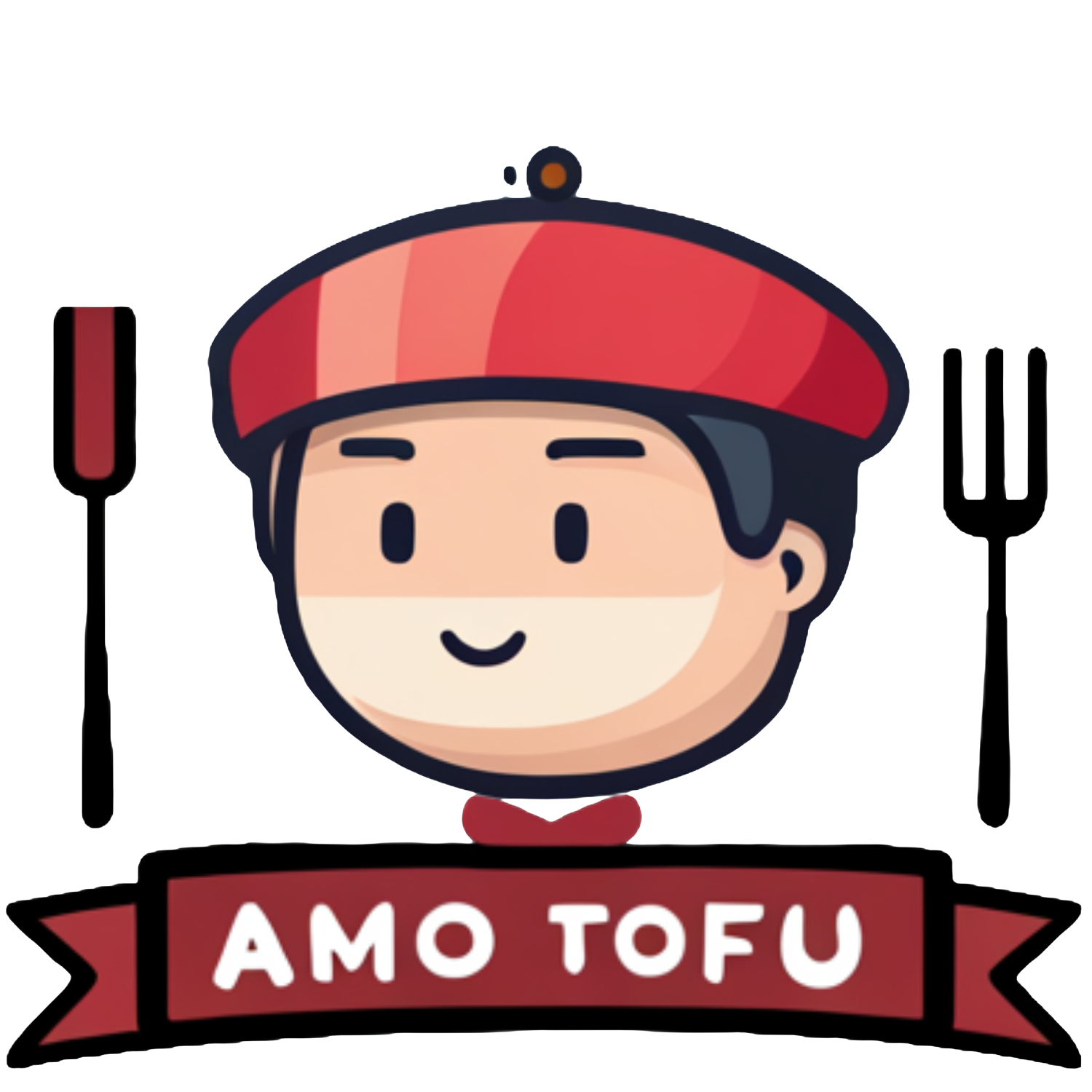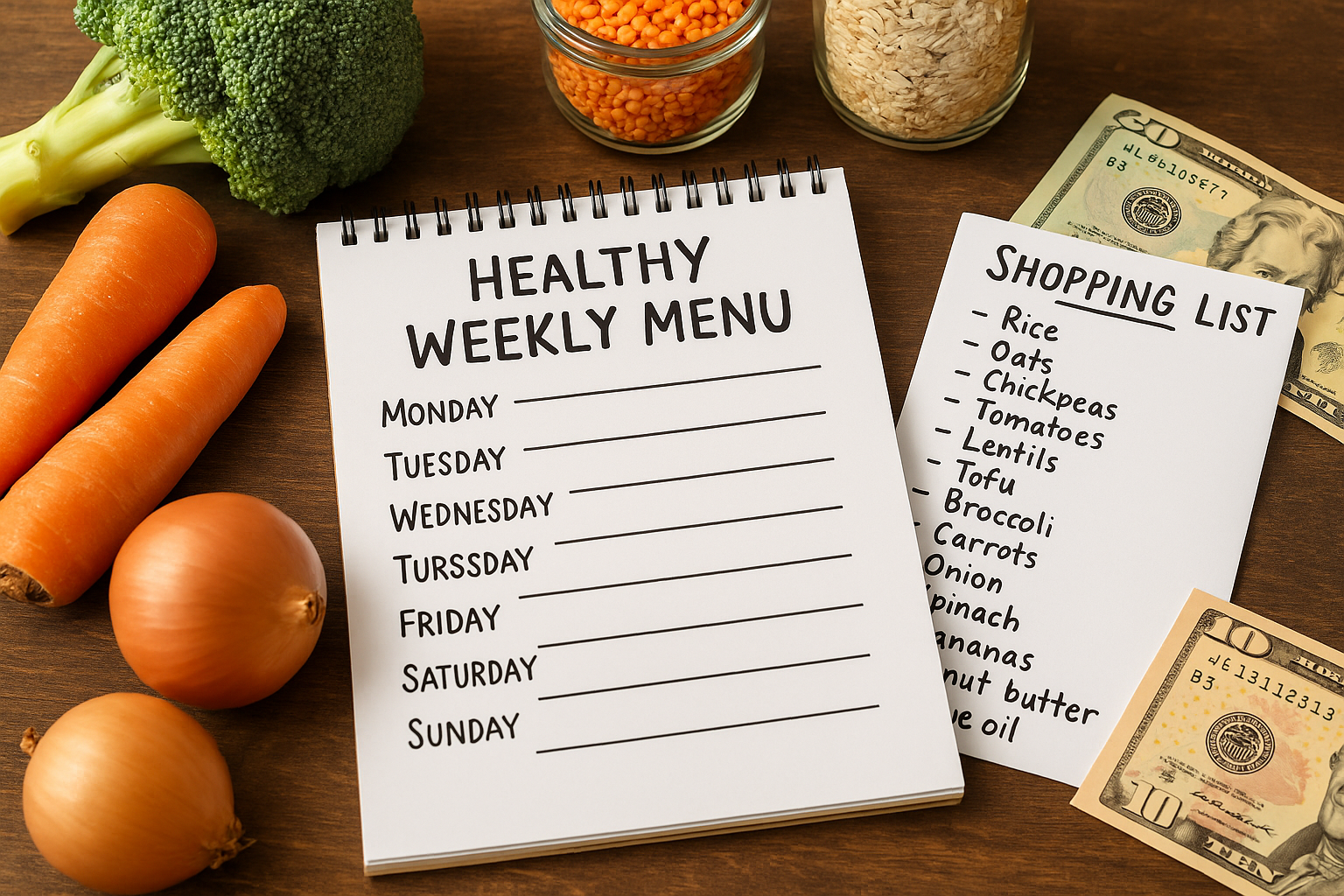Healthy eating has a reputation for being expensive — all those fancy ingredients, organic labels, and superfoods can really add up. But the truth is: you can eat well, feel great, and stay within your budget with a smart and simple weekly meal plan. It’s all about preparation, priorities, and knowing how to stretch your ingredients.
This guide will show you step-by-step how to create a nutritious, affordable weekly menu that saves you time, reduces food waste, and helps you eat better every day.
Why Meal Planning Matters
Planning your meals in advance offers several benefits:
- Saves money: You only buy what you need.
- Saves time: No last-minute grocery runs or takeout.
- Reduces stress: You always know what’s for dinner.
- Improves nutrition: You control ingredients and portions.
- Reduces waste: Leftovers are used wisely, not tossed out.
Even just a few minutes of planning each week can make a huge difference in your eating habits and finances.
Step 1: Set a Weekly Budget
Start with a clear number. What can you realistically spend on food this week?
- Low budget: $30–$50/week (mostly dry goods, canned foods, and basic produce)
- Medium budget: $60–$100/week (more variety, some fresh/frozen items)
- Higher flexibility: $100+/week (organic options, specialty items)
Tip: Stick to your budget using a calculator or budgeting app while shopping.
Step 2: Choose Your Meals Strategically
Pick 4–5 main meals and repeat them or remix them during the week. Choose recipes that:
- Use overlapping ingredients (e.g., rice, beans, onions)
- Can be batch cooked and eaten over multiple days
- Are made with inexpensive staples
Sample Weekly Dinners:
- Lentil soup with carrots and potatoes
- Rice and black beans with roasted veggies
- Tofu stir-fry with frozen mixed vegetables
- Pasta with garlic and olive oil
- Chickpea curry with rice or flatbread
Rotate lunches using leftovers or easy wraps and salads.
Step 3: Build a Shopping List Based on Your Meals
Now list exactly what you need — and only what you need.
Grocery List Example:
Grains:
- Brown rice
- Pasta
- Rolled oats
Legumes:
- Canned black beans
- Chickpeas
- Red lentils
Vegetables (fresh/frozen):
- Carrots
- Onions
- Bell peppers
- Spinach (frozen or fresh)
Fruits:
- Bananas
- Apples
- Frozen berries
Other essentials:
- Plant-based milk
- Olive oil
- Garlic
- Spices (cumin, paprika, curry powder)
Budget Tip: Buying store-brand items and shopping at discount stores or local markets can cut costs significantly.
Step 4: Prep Ingredients in Advance
Choose a block of time (e.g., Sunday afternoon) to wash, chop, cook, and store your food.
Prep Ideas:
- Cook a big batch of grains (rice, quinoa)
- Roast a tray of mixed vegetables
- Prepare a jar of salad dressing or hummus
- Soak and cook beans (or use canned for speed)
- Pre-portion snacks or overnight oats
Storing food in clear containers helps you see what’s ready to go — no guesswork midweek.
Step 5: Make a Simple Menu Plan
Use a planner, notebook, or even your phone notes to schedule your meals.
Example Menu:
| Day | Breakfast | Lunch | Dinner |
|---|---|---|---|
| Monday | Oats with banana | Lentil soup | Stir-fry with rice |
| Tuesday | Smoothie with oats | Chickpea salad wrap | Pasta with tomato sauce |
| Wednesday | Toast with peanut butter | Rice and beans bowl | Sweet potato and black bean tacos |
| Thursday | Leftover smoothie | Lentil soup | Stir-fry with tofu |
| Friday | Overnight oats | Pasta leftovers | Homemade veggie burgers |
Tip: Leave 1–2 flexible spots for eating out or leftovers.
Bonus: Easy Breakfast & Snack Ideas
Breakfasts:
- Overnight oats with fruit and seeds
- Smoothie with peanut butter and banana
- Whole wheat toast with avocado
Snacks:
- Popcorn
- Fruit with nut butter
- Roasted chickpeas
- Homemade trail mix
These are affordable, quick, and packed with nutrients to keep you going between meals.
Smart Strategies to Save Even More
- Buy in bulk: Oats, rice, and beans are much cheaper this way.
- Choose frozen over fresh: Frozen produce is just as nutritious and often cheaper.
- Use the freezer: Make extras and freeze meals or ingredients.
- Stick to your list: Avoid impulse buys, even “healthy” ones.
- Make meatless swaps: Beans, tofu, and lentils are much more budget-friendly than meat.
Final Thoughts: Healthy Doesn’t Have to Mean Expensive
You don’t need to sacrifice nutrition or flavor when your budget is tight. With a little planning and prep, you can enjoy meals that support your health, save you time, and reduce financial stress.
Healthy eating is not about being perfect — it’s about being intentional. A well-planned week of simple meals can transform your kitchen and your lifestyle.
So grab your notebook or open a spreadsheet and start planning your next week. Your future self (and your wallet) will thank you.

